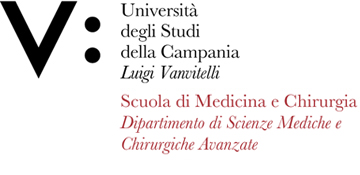Assunta VIRTUOSO
Insegnamento di ANATOMIA UMANA E DELL'APPARATO STOMATOGNATICO
Corso di laurea in IGIENE DENTALE (ABILITANTE ALLA PROFESSIONE SANITARIA DI IGIENISTA DENTALE)
SSD: BIO/16
CFU: 2,00
ORE PER UNITÀ DIDATTICA: 20,00
Periodo di Erogazione: Primo Semestre
Italiano
| Lingua di insegnamento | ITALIANO |
| Contenuti | Livelli di organizzazione del corpo umano: cellulare, tissutale, di organo e |
| Testi di riferimento | Elementi di Anatomia Umana A cura di Anne M. Gilroy - EdiSES 2021 - ISBN 9788879599153 |
| Obiettivi formativi | Il corso si propone di fornire allo studente le conoscenze anatomiche di |
| Prerequisiti | ALCUNO |
| Metodologie didattiche | DIDATTICA FRONTALE |
| Metodi di valutazione | ESAME SCRITTO E ORALE |
| Altre informazioni | PRESENZA AL 75% DELL'ATTIVITà DIDATTICA |
| Programma del corso | Terminologia anatomica: posizione anatomica; piani corporei e piani di |
English
| Teaching language | ITALIAN |








